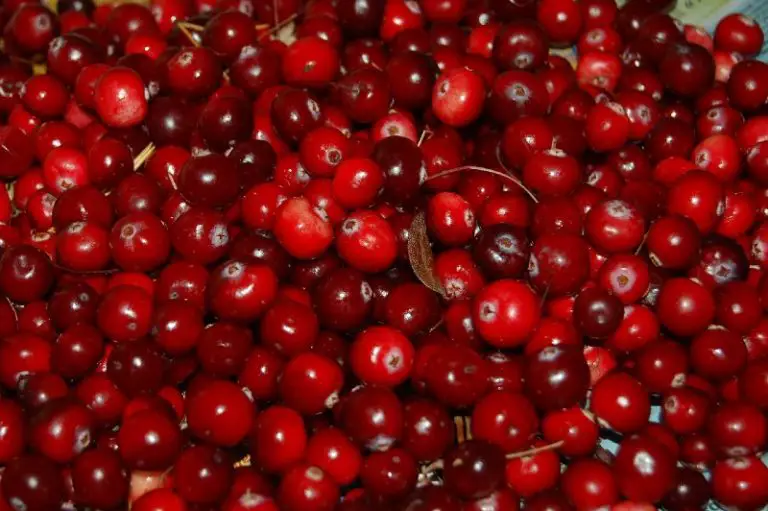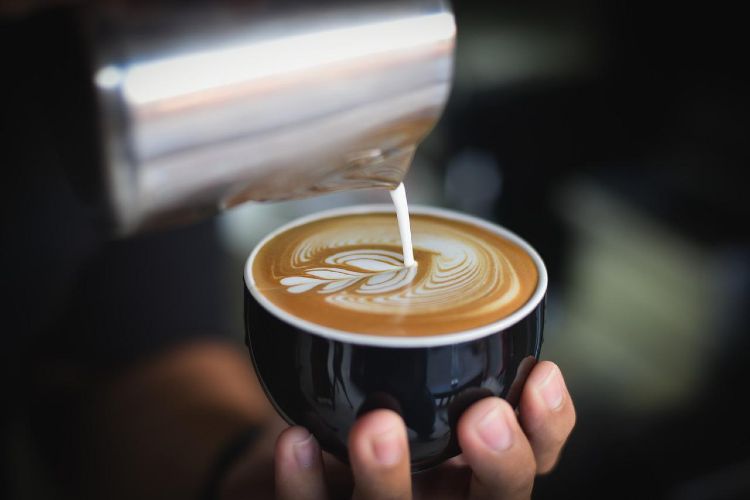I Dolci Della Regina, Garda
‘The fine arts are five in number, namely painting, sculpture, poetry, music and architecture, the principal branch of the latter being pastry.’
Antonin Carême (Marie-Antoine Carême) (1783- 1833)
A hot, balmy Italian morning – it’s 10.30 and already 30 degrees in Garda, Northern Italy. I crave coffee and gentle, cooling shade. An open window, paint peeling and Ave Maria plays on an old radio, I walk past the buzz of motor bikes, and the push of tourists rushing for the Verona bus. It’s then I discover a tiny shop. Outside rests a small table and chairs are placed carefully away from the sun, surrounded by the foliage of pretty plants. An abundance of flowers always attracts me but it’s the alchemy of buttery, vanilla and almond-scented dough aromas that hit my senses, making my mouth water.
I walk into the pasticceria ‘I Dolci Della Regina’, ‘The Queen’s Cakes’, immediately hankering for the antique cake tins that decorate the lemon-coloured walls. Shelves are soldiered with jam jars and biscuits in cellophane wrapping. I want to rest, to sit on one of the antique chairs with a coffee, but then I gaze into the counter, mesmerized at the array of minute tarts filled with crème patissiere and decorated with jewel coloured fruits and sugary glazes.
There are miniscule squares of cheesecake and gateaux not larger than four centimetres squared dipped in chocolate and decorated with almond praline, and tiny coffee slices with beads of mocha ornamentation. Fairy sized puffs of choux pastry sit in rows, filled with flavoured custards and dipped in golden caramel or chocolate ganache alongside macaroons topped with piped meringues. There are a myriad of other thumb-sized nutty pastries and miniscule biscuits.
While I sip my coffee and my eyes eat every pastry in that shop, I realise this is not simply an average patisserie in a little Italian town but something quite unique and treasured.
Maria Giovanna Tomasi, the Chef Patissier, shows me into her kitchen. I am in awe and for someone who used to make thirty-nine dozen fancies, and ten gateaux three times a week and a change of dessert trolley every day for a large store’s restaurant, I am not easily impressed. The fragrance is now mouth-wateringly glorious.
Maria Giovanna whisks a vast vat of crème patisssiere over a pan of warm water, ready to fill her delicate pastries and layer an Italian wedding cake. In the fridge lie large folds of golden handmade flaky pastry chilling, while her assistants whisk and spoon delicate mixtures into bowls, in preparation for each individually made pastry.
We talk simply, as friends who speak the same international language of pastry making. The meringues are made, she tells me, with a toasted ground nut mixture. I notice light fruit compotes sitting in old copper pots waiting to be jarred the old-fashioned way.
‘And why make the pastries so small – surely it is easier from a time and labour point of view to make larger ones?’ I ask, although I think I know her answer, while all the time heady fragrances flow over us like the best perfume.
‘Here in Italy’ she says proudly, ‘my customers love to eat, they love to taste but they only want one pastry or cake. Their figure and how they look in their clothes are important factors to the modern Italian woman, so they prefer to choose one tiny pastry, which gives them all the taste they want without the worry of putting on extra weight.”
She adds rather disparagingly that the British and the Germans enjoy quantity, vast food portions and were shocked when they saw the pastries in her shop, thinking the sizes were for dolls.
Then we discussed her wedding cakes – so different from British creations. Made on the morning of the big event, they consist of the lightest, fluffiest tiers of delicate Genoese sponge covered with layers of flaky pastry sandwiched together with a rich crème patissére.
Before I left Maria Giovanna generously gave me her Brutti ma Buoni biscuit recipe. They translate from the Italian as being “ugly but delicious” and are nutty biscuits made with egg whites.
Later Stefan Barbieri, the manager of the Regina Adelaide Hotel, whose owner Annalisa Tedeschi originally founded pasticceria, proudly showed me his wonderful photographs of Maria Giovanna’s wedding cakes and pastries and when I saw the pictures on screen, I knew I needed to share them with fellow food lovers who would appreciate the artistry as well as the flavours.
The French and Viennese reputation for pastry work has, perhaps, been seen by many as the ultimate in elegance and perfection and their reputation in both Paris and Vienna has remained unchallenged. The Italians have been, instead, renowned for their delicious yet simple pastries, created from family recipes handed down from generation to generation. The work I saw at I Dolci della Regina in Garda, however, has led me to believe there might be a renaissance in appreciating the world of Italian patisserie as one which combines traditional recipes with imaginative decoration. It certainly was a revelatory experience for me.
Brutti Ma Buoni Biscotti Recipe
Some Brutti Ma Buoni recipes include almonds and/or chocolate. This version includes neither, which may be because of local tastes or simply because it is Maria Giovanna’s personal version. Certainly if I was making these labour-intensive delicious nuggets, I would double the quantities at least, as the biscuits keep well in an airtight container.
Ingredients to make approximately 24
150 g granulated sugar
125g roasted and roughly chopped hazelnuts
2 egg whites
Method
Pre-heat the oven to 170 degrees Celsius. Cover two baking sheets with baking parchment.
Spread the hazelnuts onto an oven proof tray. Place in the pre-heated oven for approximately 7-10 minutes or until the nuts are slightly gilded.
Remove the nuts from the heat. Leave to cool slightly. Chop roughly.
Place the egg whites in a clean bowl and whisk them until stiff and foamy. Add the sugar and beat well. When soft peaks are obtained, transfer the mixture to a saucepan. Fold in the nuts.
Stir the mixture over a medium heat with a wooden spoon, for approximately 5-8 minutes, until it is shiny. Pre-heat the oven to 150 degrees Celsius.
Remove from the heat and leave the mixture to cool slightly. Drop teaspoons of the mixture onto the parchment covered trays and bake for 25 minutes approximately, until firm and slightly cracked on the surface.
Further Information
I Dolci Della Regina
Via XX Settembre 22
Garda
Italy

